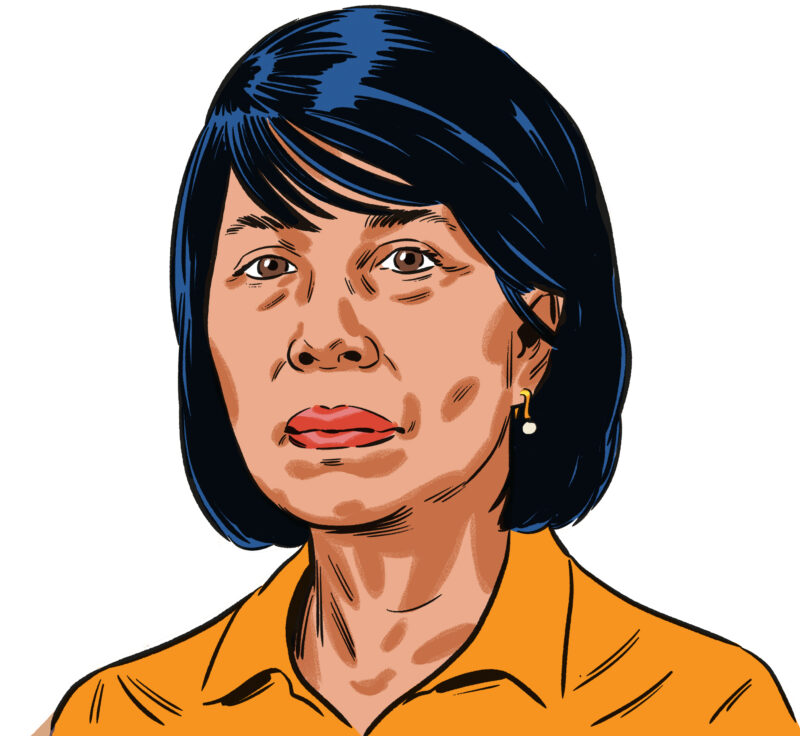An-My Lê is a photographer whose body of work, developed across thirty years, has been focused on the various manifestations of war and conflict—not as fixed moments in history, but as deeply imagined realms through which attempts are made to reapprehend the past or, however fitfully, imagine a possible future. As MoMA curator Roxana Marcoci has noted, Lê’s work highlights “intimacies that grow, paradoxically, out of conflict.” Thus, seemingly disparate geographies and histories are drawn closer together, suggesting relations across time and space: the Mekong Delta and the Mississippi Delta; deserts in California and the Middle East; wars in Vietnam, Iraq, and the United States; rivers and roads demarcating and erasing borders.
Lê’s gaze, like the military personnel and reenactors she works with to make her photographs, is focused on pushing the present moment, scene, or setting toward what is not there; rehearsing and practicing the act of launching oneself into the landscape toward what is held in the mind’s eye. War and conflict—whether anticipated through training maneuvers and simulations (29 Palms); or approached in its aftermath as a reenactment (Small Wars); or limned to reveal its displacements and continuities by shifting the focus from figures to the landscape (Viet Nam); or considered through the lens of past and current acts, sites, and emblems of contestation (Silent General)—are, in Lê’s photographs, fictions that belie deeper truths about human desires and frailties.
You have reached your article limit
Sign up for a digital subscription and continue reading all new issues, plus our entire archives, for just $1.50/month.
Already a subscriber? Sign in





